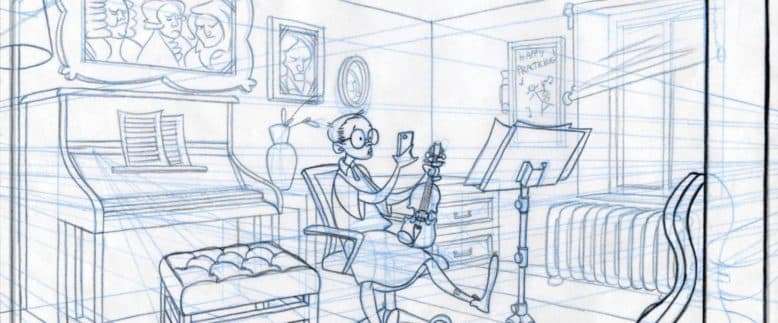
What's in an Animation Portfolio?
In this article, Gerard Sternik and Vince Peets from Animation Portolio Workshop explain how to curate an animation portfolio that distinguishes you from the rest of the pack.
If your dream is to get into animation school and work in animation, you need to know how to draw. No “short cuts” or “tips on portfolio-making” can ever substitute for doing the work. Experienced artists Gerard Sternik and Vince Peets, know this because drawing is all they do. Twenty years of excellence in animation portfolio preparation has shown them that learning how to draw takes time AND it’s worth it. Learning the fundamentals of drawing for animation will prepare you to take on the challenges of animation school and beyond.
In this article, Gerard and Vince explain how to curate an animation portfolio that distinguishes you from the rest of the pack.
Founded in 1999, Gerard and Vince left their high profile teaching jobs at Sheridan College to open The Animation Portfolio Workshop - a social yet disciplined environment for budding animators to cultivate proper technique and learn how to measure their progress.
“Our programs are laser-focused,” says Sternik. “They can be compared to an essential, no-fat diet, designed to whip each student’s artistic chops into shape and prepare them for the next phase of artistic life.”
The Animation Portfolio Workshop was among the first of its kind to cater to secondary and post-secondary students. It serves two fundamental objectives: to ensure students’ portfolios are up to par in the competitive world of college entrance applications; and to inculcate in their budding animators the techniques of the art form - and a love for it - that will last a lifetime.
To get into an animation program you need to aim high and distinguish yourself with outstanding drawings.
Every top animation school requires you to submit a portfolio of drawings. How your animation portfolio is judged will decide whether or not you receive an offer of admission. Competition for spots in the top animation schools is fierce. It’s not enough to simply meet the requirements.
A typical animation entrance portfolio will contain some mixture of these things:
A variety of life drawings of the human figure will be required by most for their entry level portfolio specifications. The drawings will vary in content based on the duration of the pose(s) requested - ie; quick studies and longer studies, just line drawings or line and tone drawings etc. The animation program will specify this in their portfolio requirement outline. Most schools will ask for drawings made in a standard drawing media like charcoal, conte or graphite, and will ask for drawings made "from life" and not from photographs. These specifications will also vary depending on the school one is applying to. A life drawing class with instruction in gesture, contour, modelled drawing, basic structure and basic skeletal anatomy exercises is your best bet, but the next best thing is a general life drawing class and/or an open life drawing session (3 hour session, each person pays per class, poses ranging from 30 seconds to 15 minutes in duration).


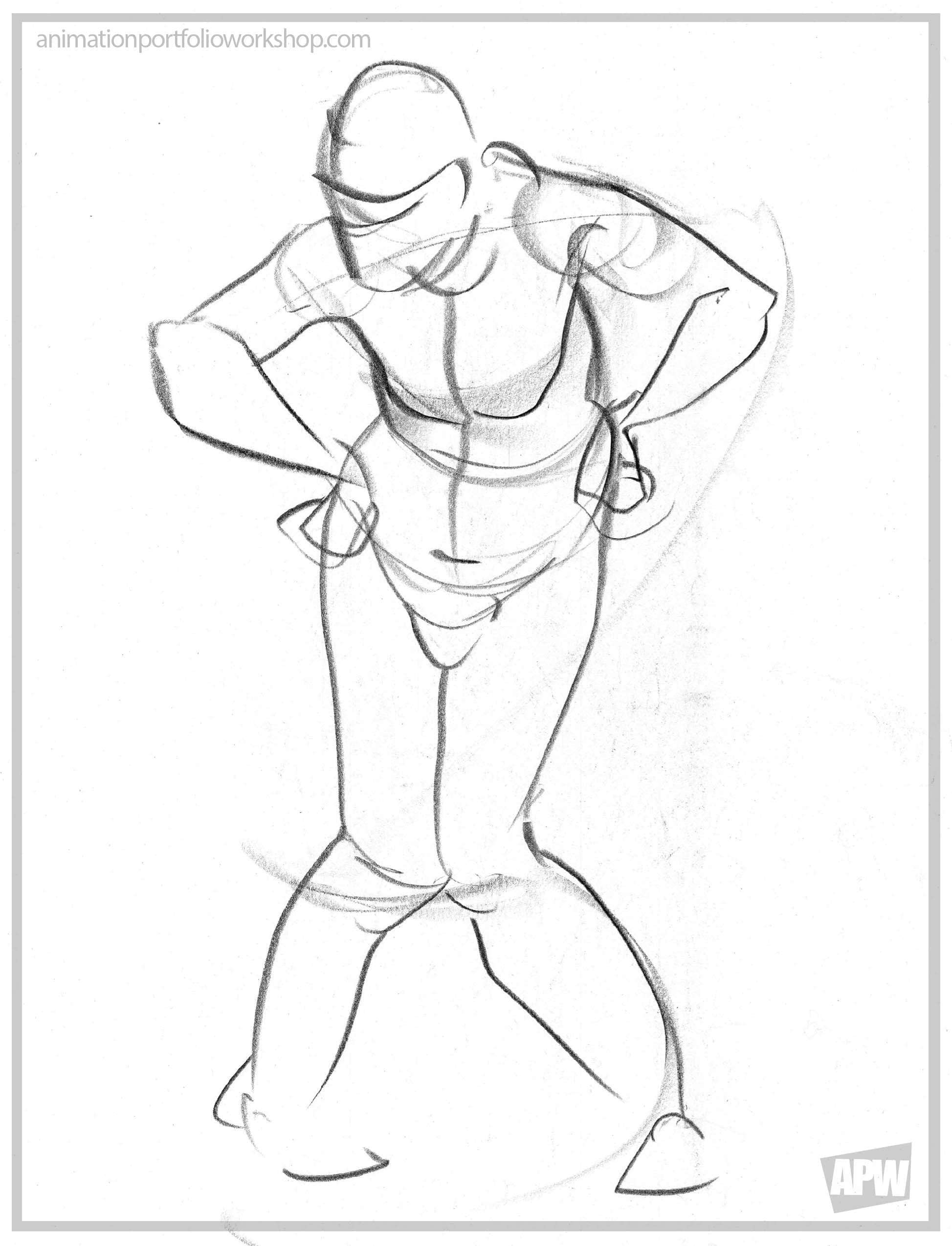
Drawings of individual common household objects. Often these objects are based on basic geometric forms such as a sphere (an orange?), a box (juice carton?), a cylinder (water bottle?), a cone etc. An awareness of the structure that lies beneath the surface of the objects you draw will enable you to draw any given object from different angles.

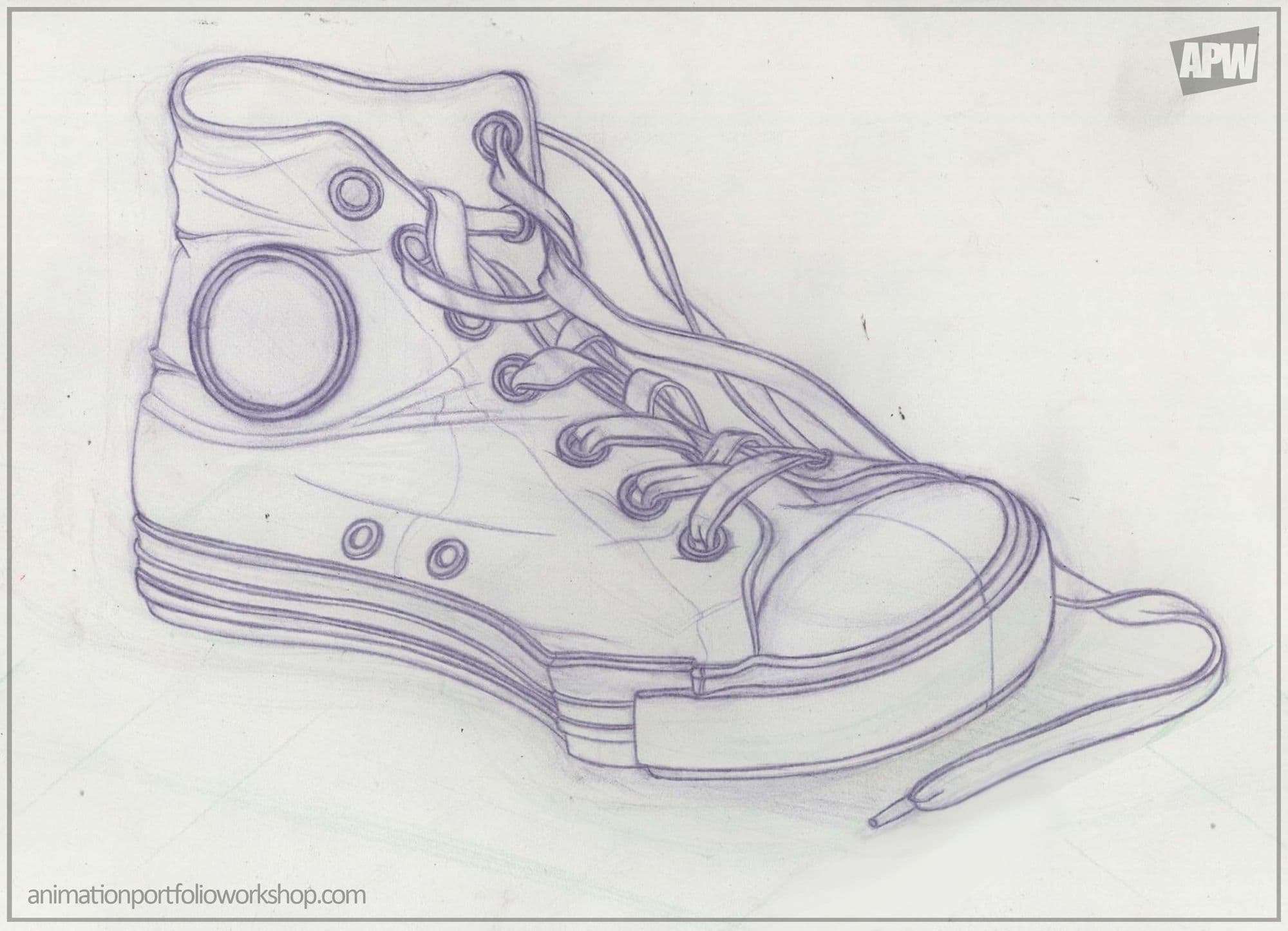
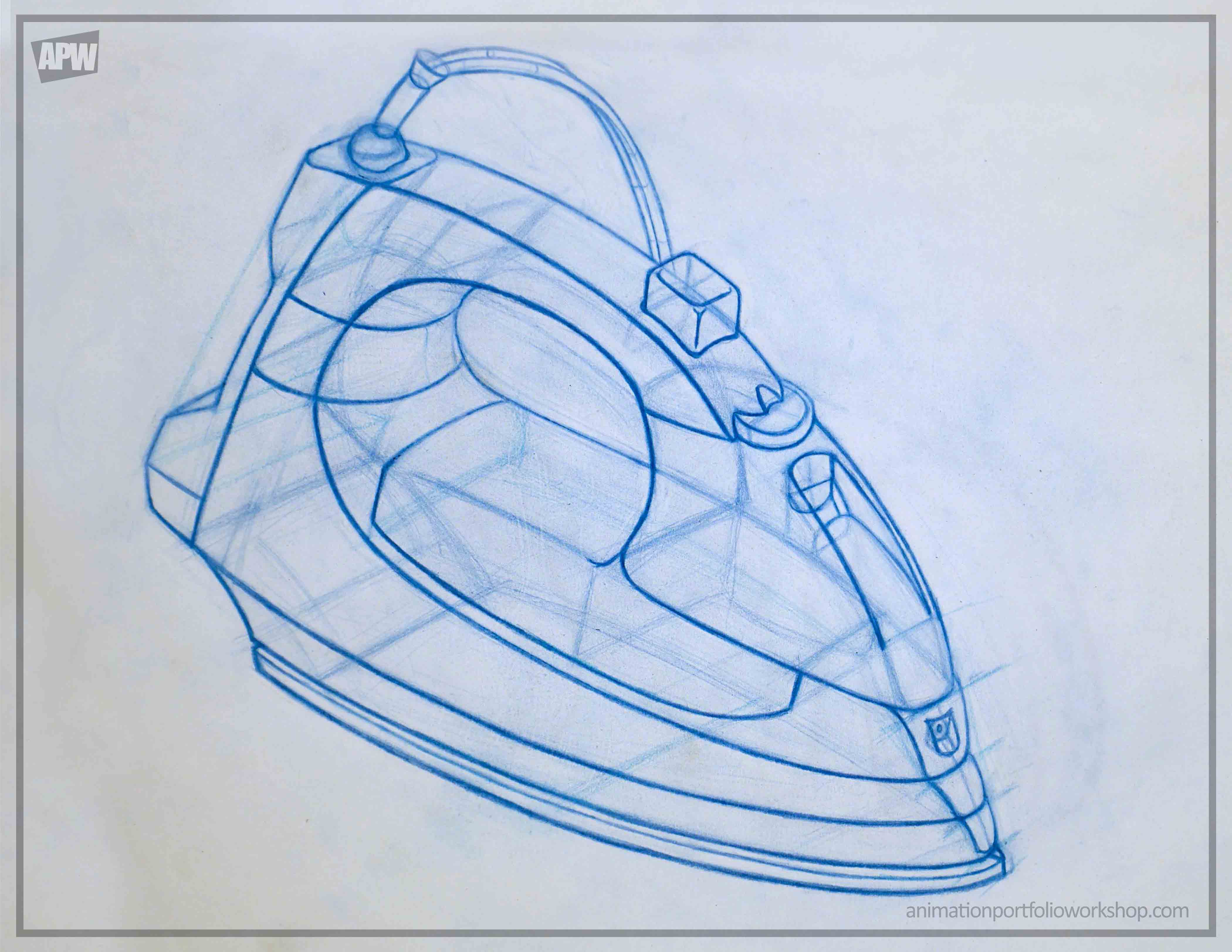
Drawings of an interior space combine a working knowledge of linear perspective and an understanding of composition with a feeling for a story to build a convincing and interesting layout. Use 2 point perspective to draw a room in your house (kitchen, bedroom?). When choosing a view of a room, avoid facing a wall directly. Look toward a corner instead. 12 to 15 feet away from a corner of the room will allow you to see and draw a satisfying wide-angle view of the room.
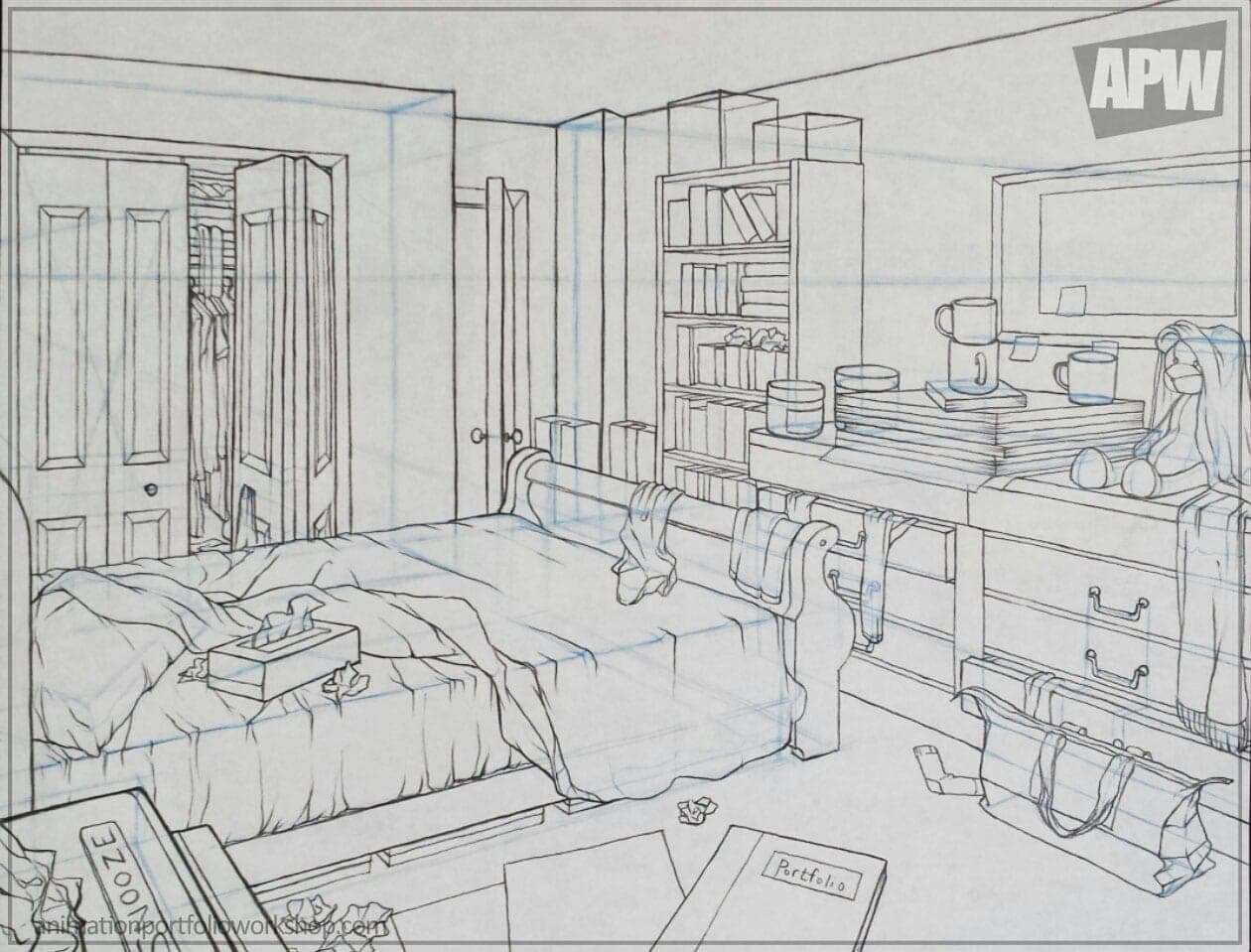

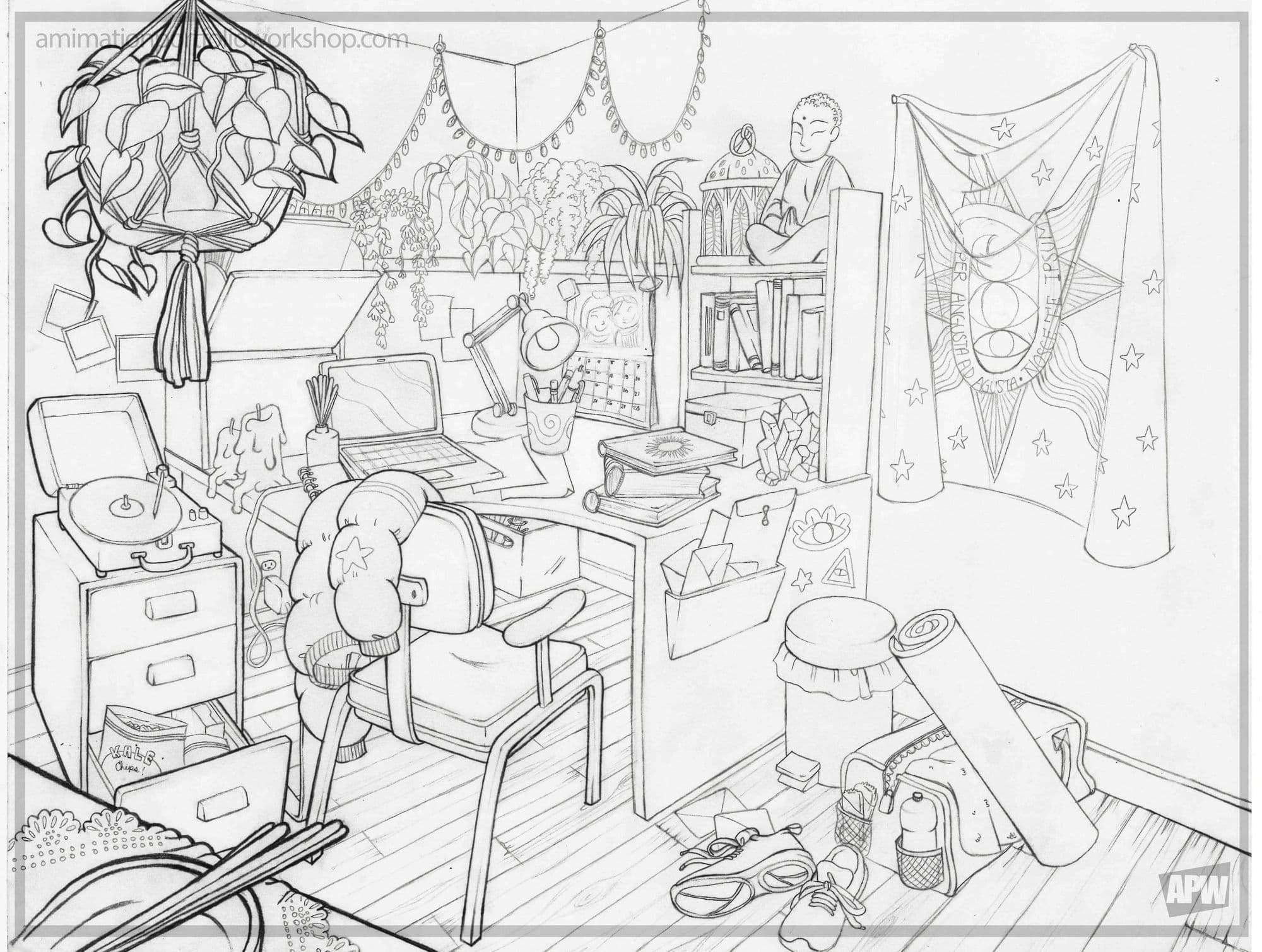
Drawings of an outdoor space that show your ability to bring together imagination, arial perspective, solid convincing forms, composition and a sense of story to build an interesting layout. It’s your chance to create a world from imagination. Like the room layouts, composition, visual interest and creativity are important, however, these drawings rely less on linear perspective to show depth.


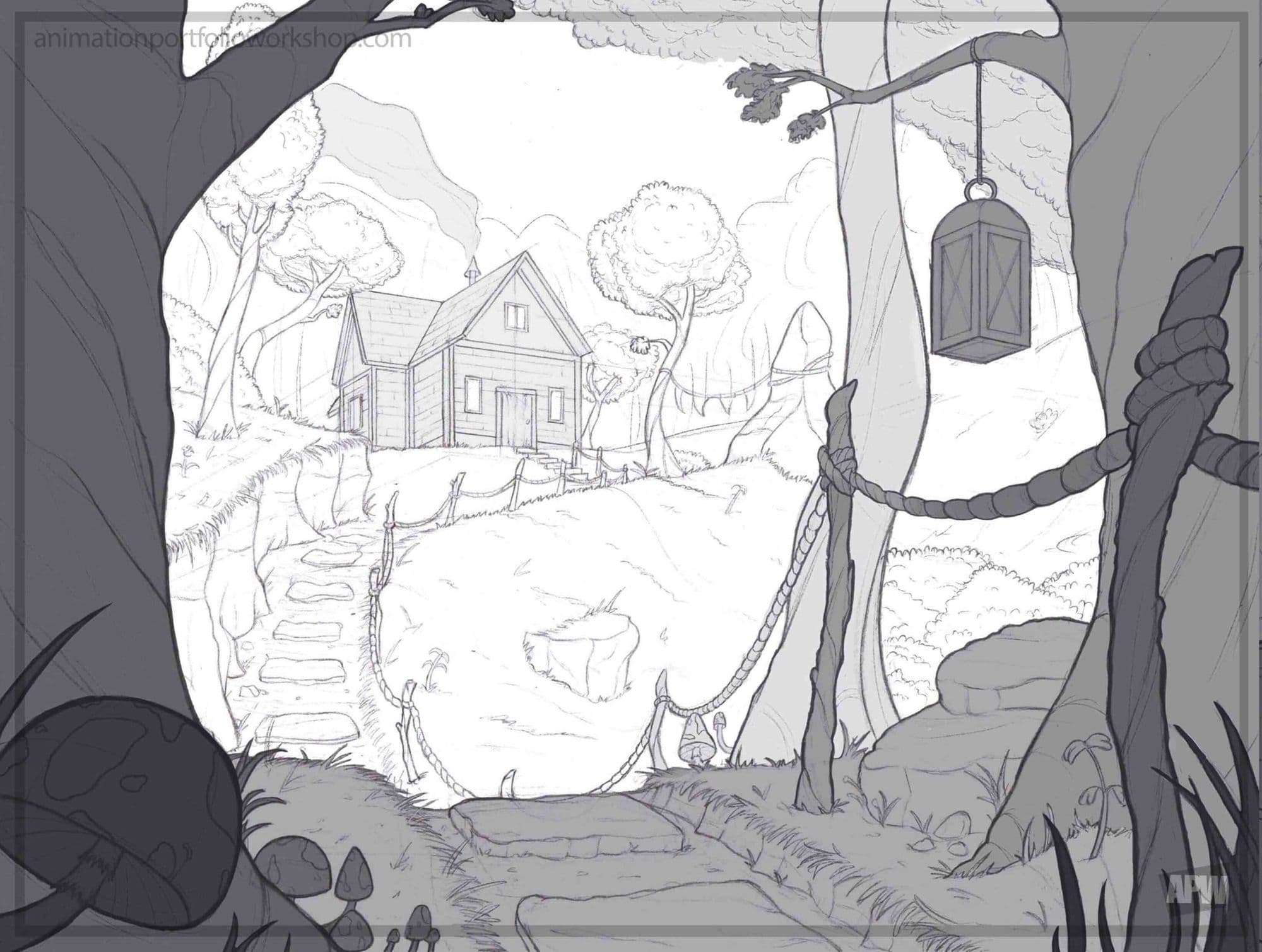
Your character design will show your ability to take something right out of your imagination and translate it into solid believable drawings that show creativity and personality. Other portfolio drawings are based more on observation and this one is all about visualization and imagination. Design an animation character and draw a turn-around of the character (front view, ¾ view, side view etc.) along with various action poses and facial expressions.
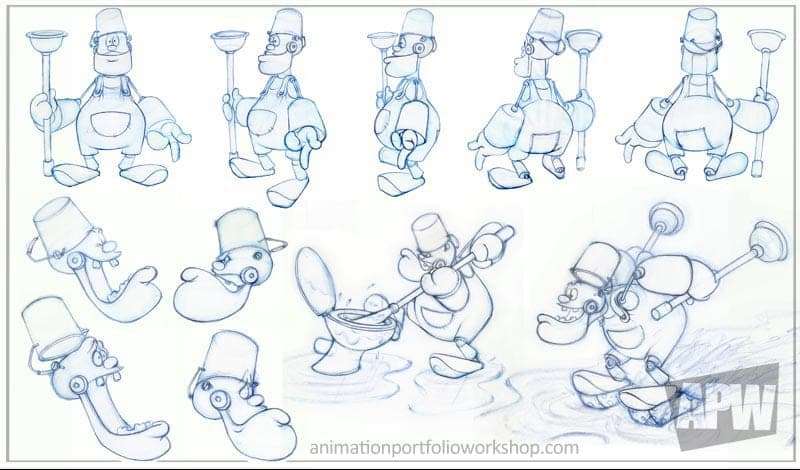
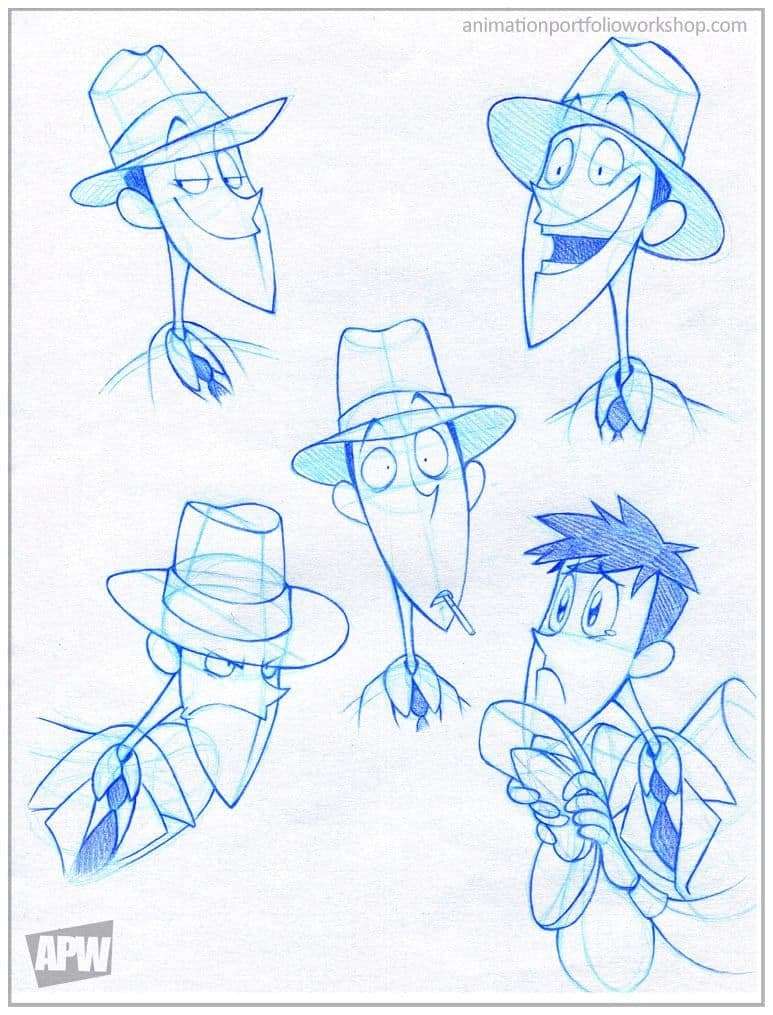

A number of drawings of your hand (sometimes in a before/after sequence) should show familiarity with gesture and structure. Drawn not from photographs but from observation.
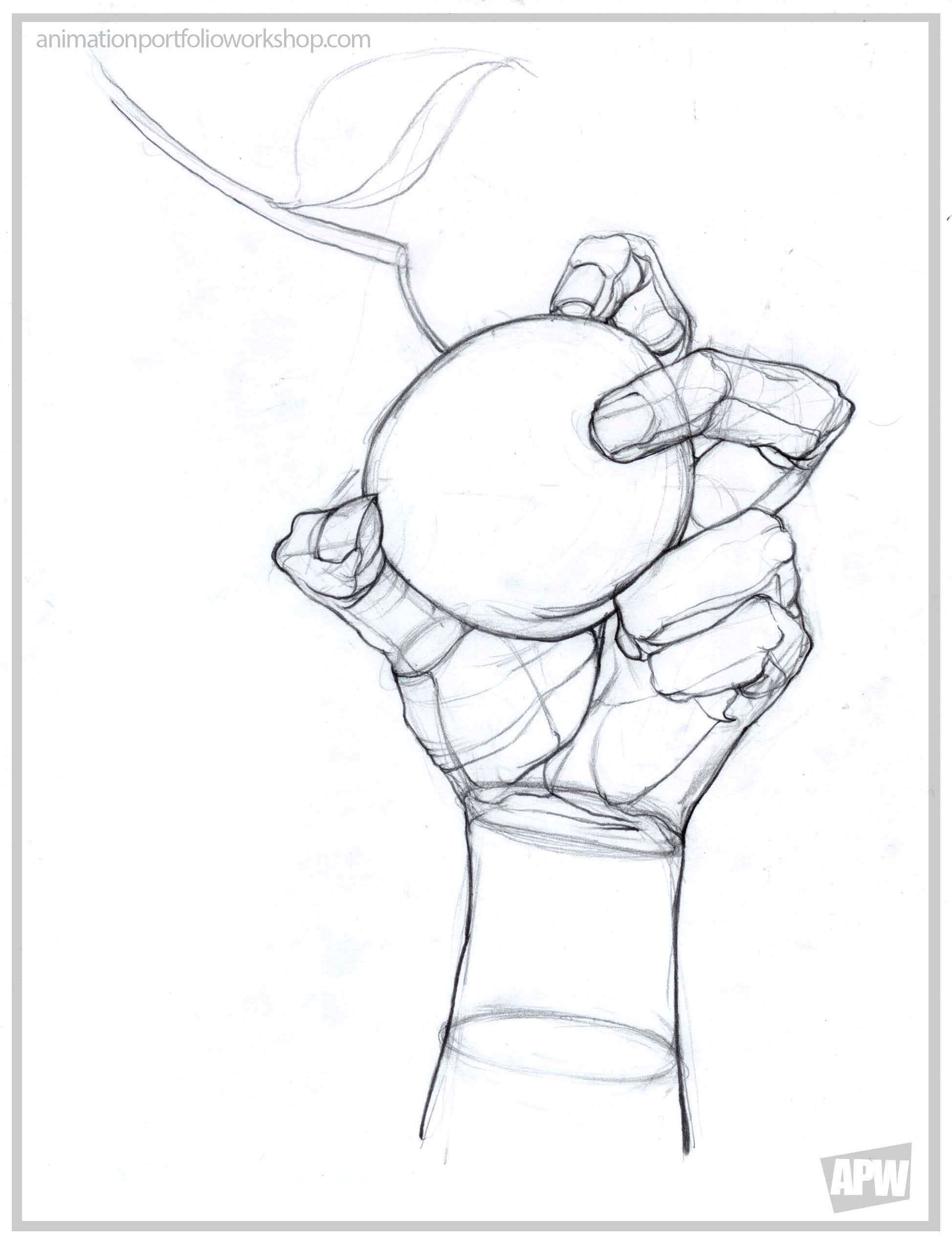


Grab a sketchbook and head to a zoo or a farm, get your pet to sit and sleep while you draw, draw, draw. The goal here is gesture and structure.
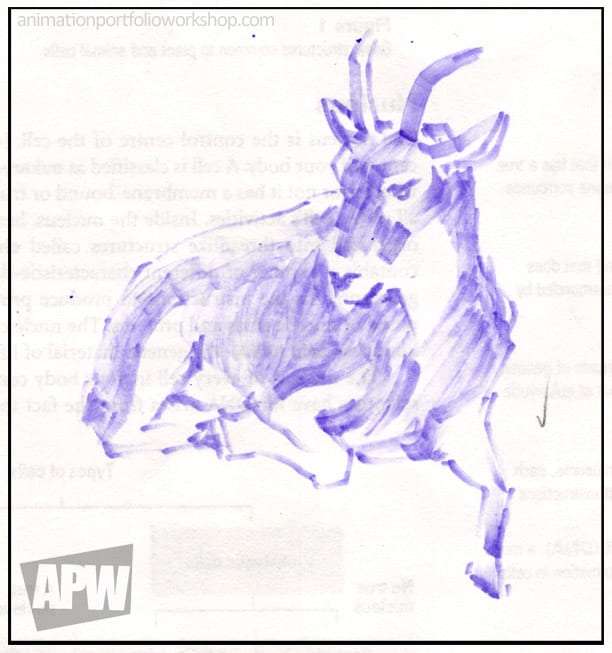
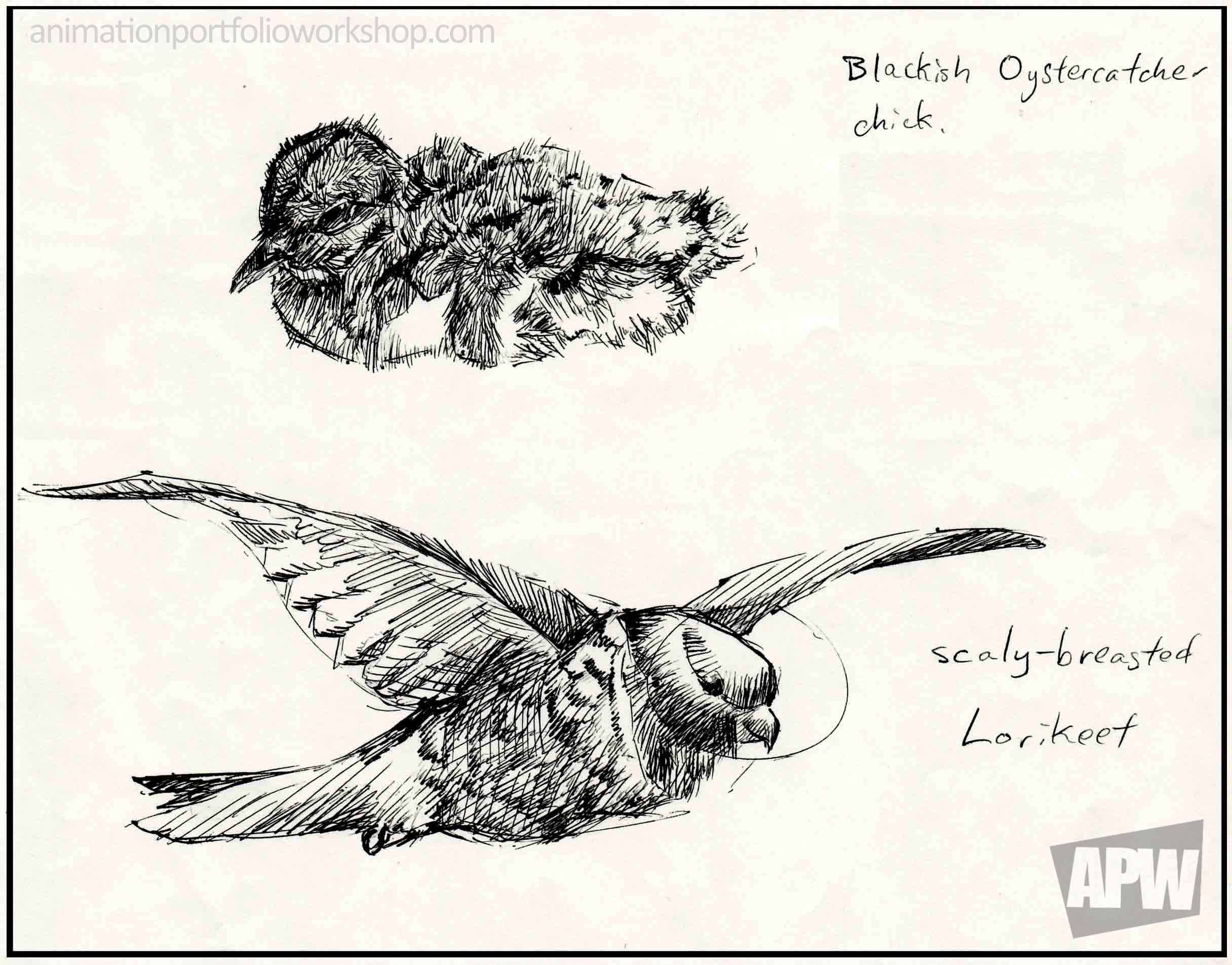

Storyboards are a comic-book-like series of drawings of shots as in a film sequence. You may be given an open-ended outline of a simple story, a character design to work from and asked to draw a number of storyboard panels or you may be asked to come up with your own story and characters. Basic story-telling skills, character drawing skills, shot composition and creativity are evaluated.
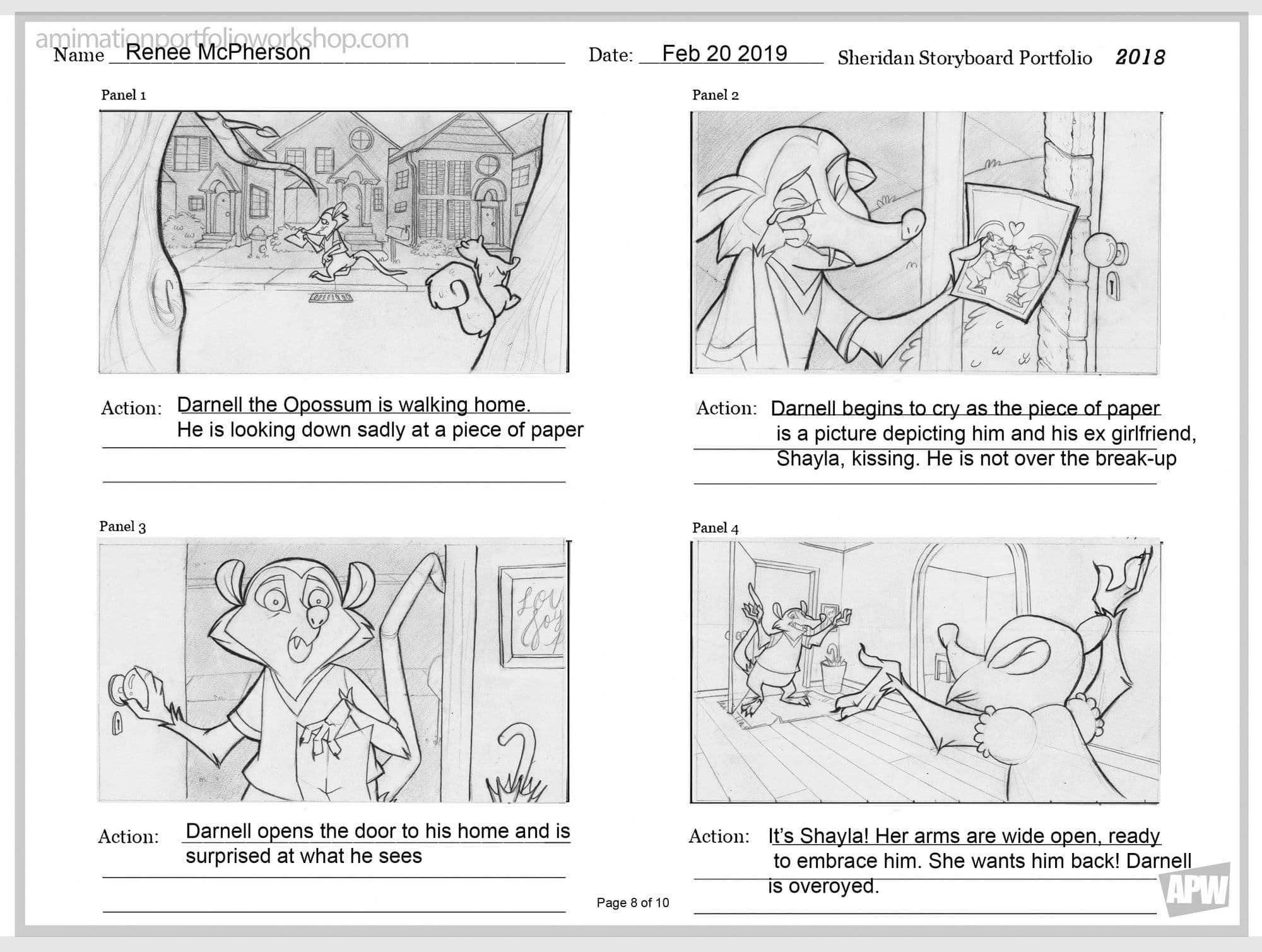

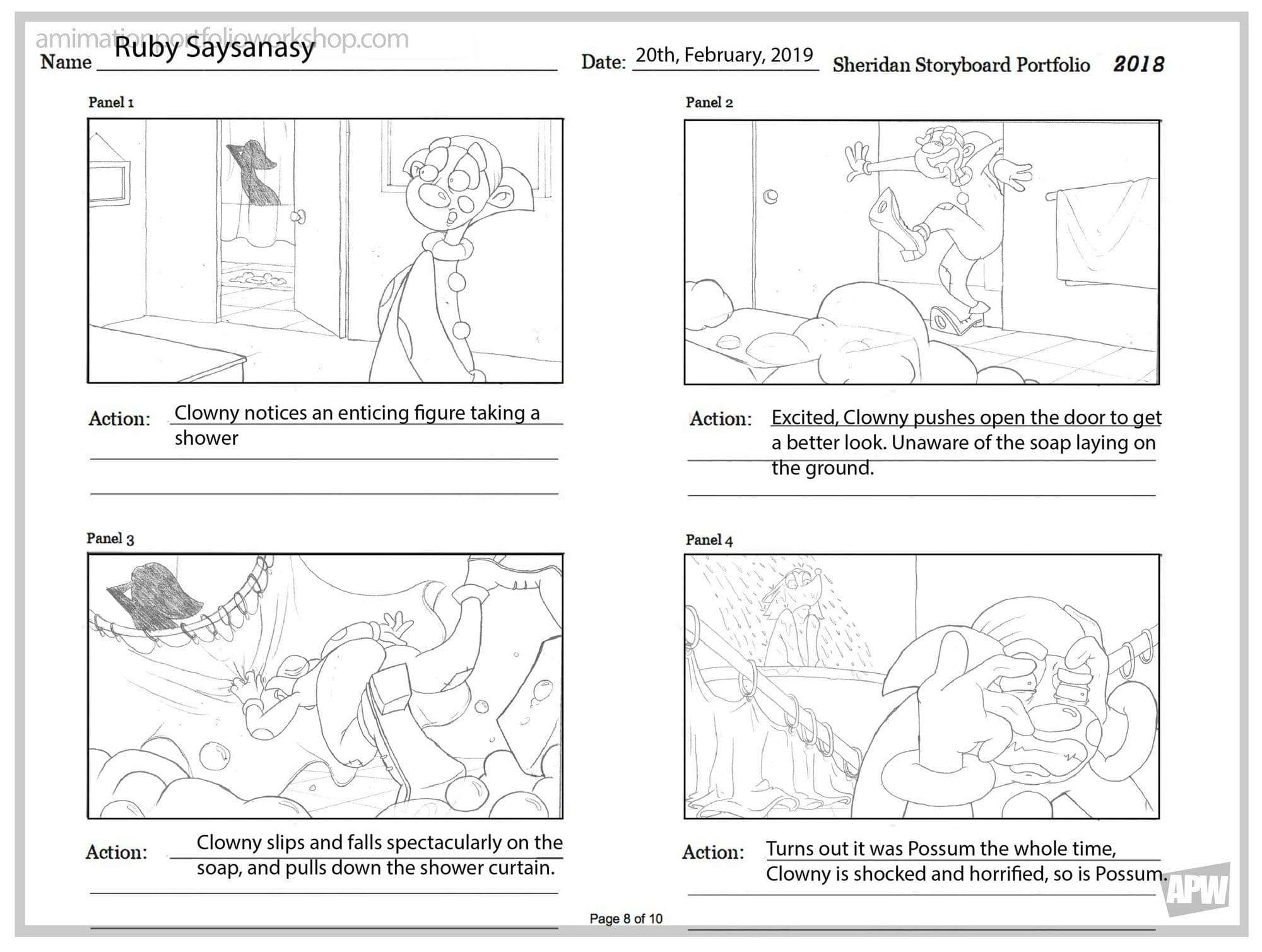
Some schools (Sheridan for example) require a brief sequence of hand-drawn animation – a number of sequential drawings that make up a brief film sequence. You may be given a time limit or a maximum number of frames. This is a chance to show your creativity and demonstrate some knowlege of animation basics and character drawing skills.
In addition to the required drawings, you may be asked to include artwork of your own choosing. Some schools may offer parameters for this portfolio piece (paintings, illustrations etc.). This is an opportunity to show a wider interest in other kinds of art that you create on your own.
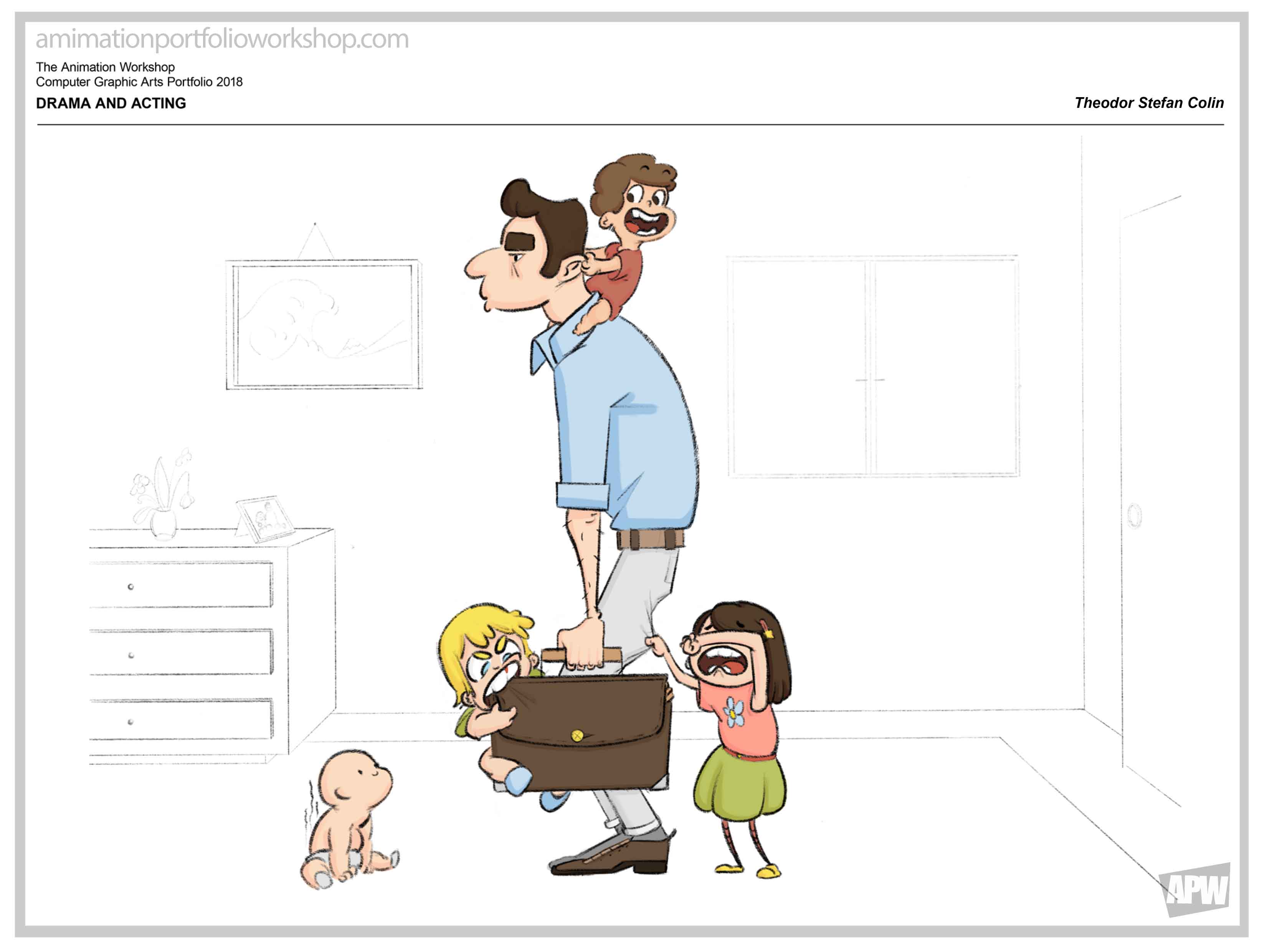
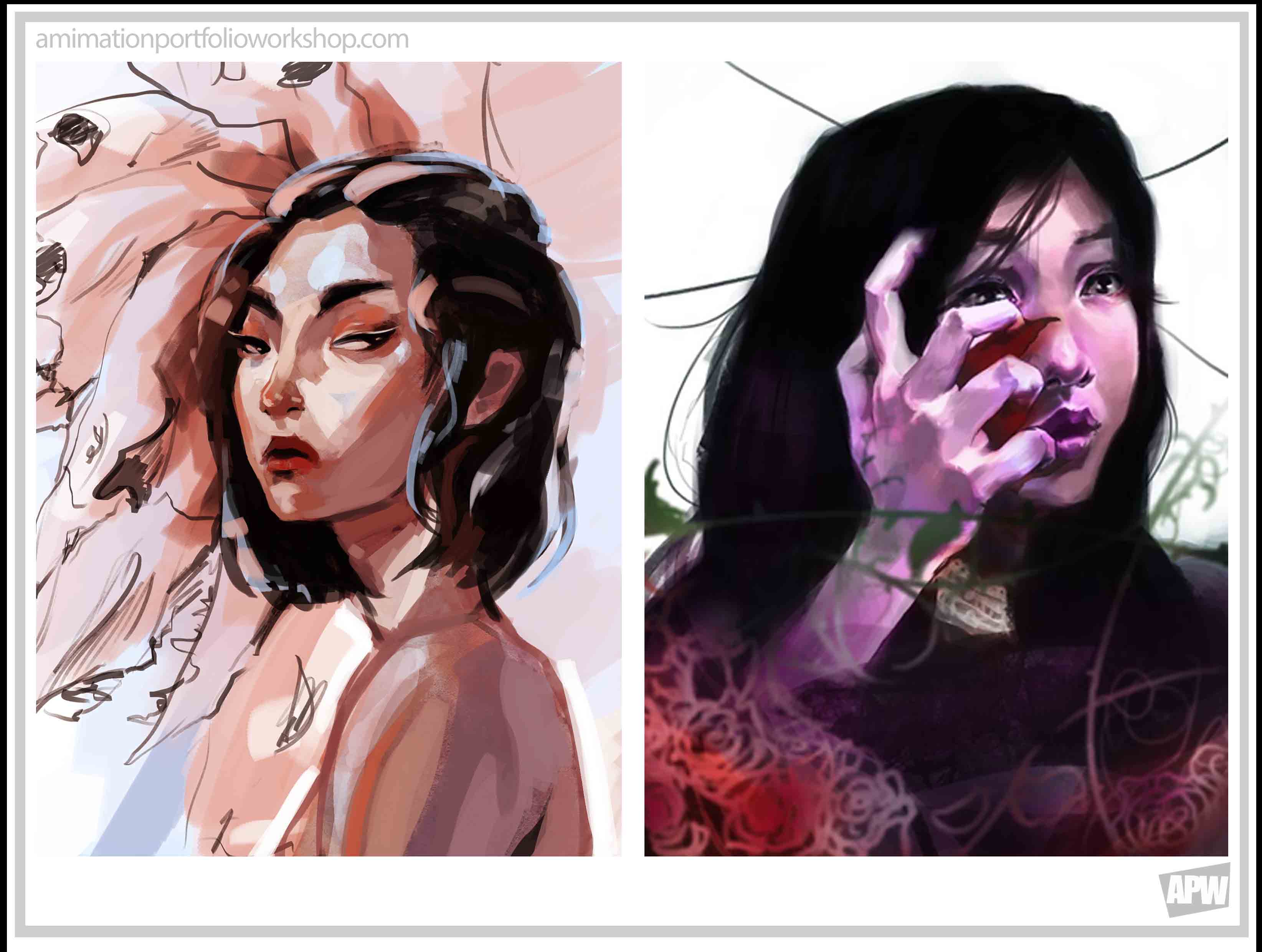
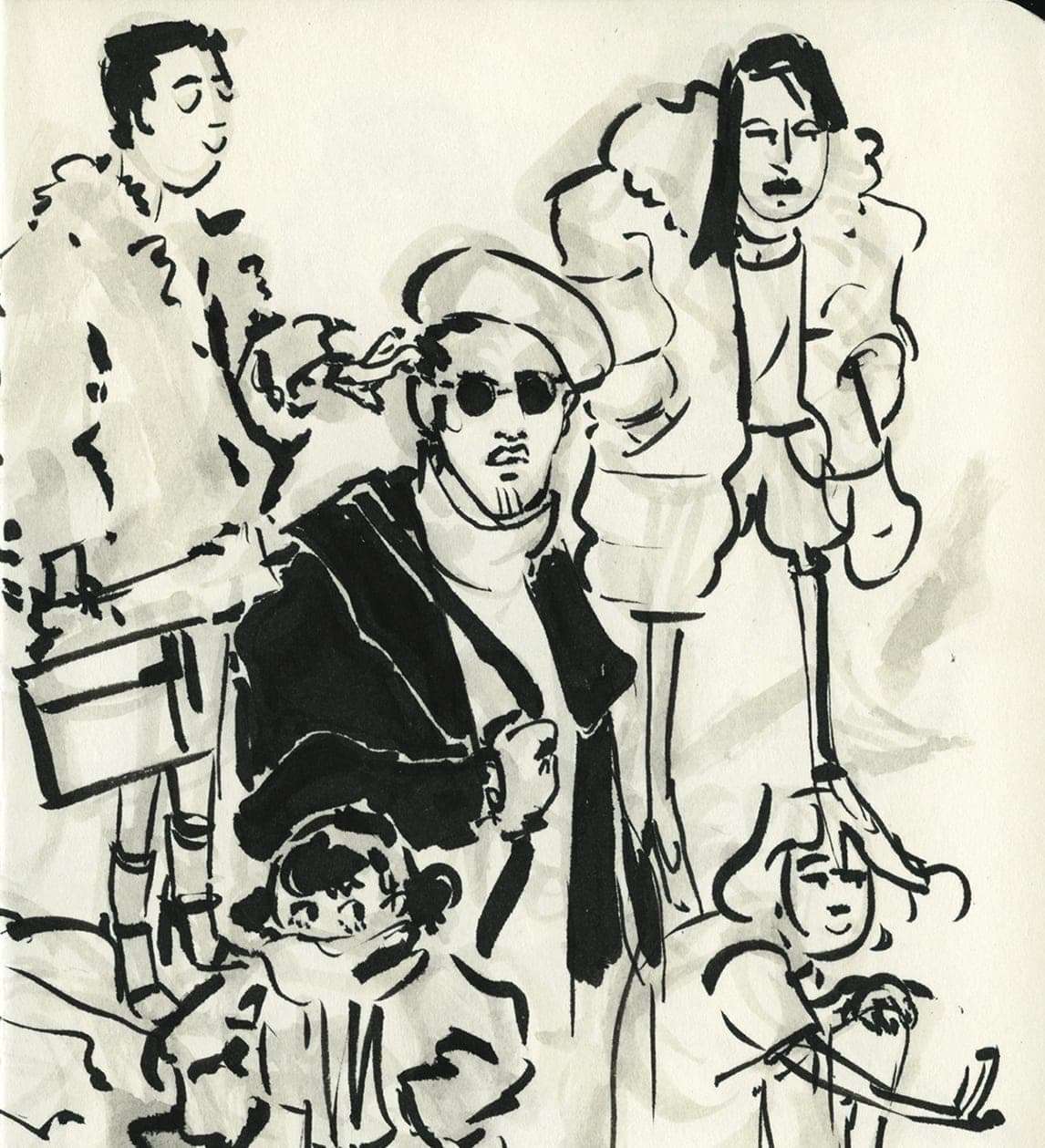
Located in Toronto, Animation Portfolio Workshop’s sessions are held exclusively on the weekends to accommodate the schedules of students. Alumni and guest lecturers will regularly visit and answer questions during the workshops, giving students an Insider's perspective of the industry.
Visit APW's website to learn more about the workshops and scholarships available. You can also find APW on YouTube, Instagram and Facebook.